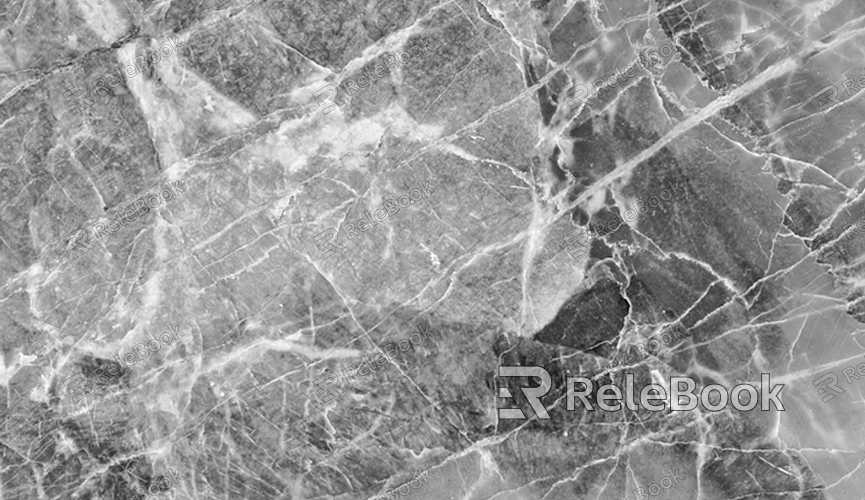How to Export UV Maps from zBrush?
In the world of 3D modeling and texturing, UV maps are a crucial step. They not only affect the appearance of your model but also directly influence the rendering and texture quality. As a powerful sculpture tool, zBrush offers robust UV editing capabilities to help artists efficiently create and export UV maps. In this article, we will walk you through the steps to export UV maps from zBrush, enabling you to master this skill and improve your workflow.

Understanding UV Maps
A UV map is the process of unwrapping a 3D model’s surface into a 2D plane. This allows artists to apply textures precisely to the model. By unwrapping the model’s surface, artists can paint texture patterns on the model, ensuring that the textures align perfectly with the geometry. zBrush provides flexible tools for generating and editing UVs, making it easier to achieve high-quality results.
Creating UVs in zBrush
zBrush offers several ways to create and modify UVs. The most common methods include automatic UV generation and manual unwrapping.
1. Automatically Generating UVs in zBrush
For beginners, using ZBrush’s automatic UV generation feature is a quick and easy option. Here’s how you can automatically create UVs for your model:
Select your 3D model and enter the “UV Master” plugin.
In UV Master, click the “Unwrap” button. zBrush will automatically calculate and unwrap the UVs for your model.
After the UVs are generated, you can preview the unwrapped UVs to ensure there are no overlaps or stretching.
This method works well for most simple models, but for more complex sculpted models, manual adjustments may be necessary.
2. Manually Unwrapping UVs
For more detailed or complex models, manually unwrapping the UVs offers better control. zBrush provides more options for fine-tuning and adjusting each UV island’s position and scale to avoid unnecessary stretching or overlap.
Enter the “UV Master” plugin, select “Unwrap,” and ensure the “Enable Control Painting” option is checked.
Use the brush tool to manually paint control points on the model, adjusting the UV layout to ensure reasonable spacing and prevent stretching in key areas.
After painting the control points, click “Unwrap” again to generate the UVs.
Manual unwrapping allows for greater precision and is particularly useful for models where texture detail is crucial.

Exporting UV Maps
Once you’ve created and optimized your UVs in zBrush, the next step is to export the UV map for use in other 3D software. zBrush offers an easy way to export your UV maps.
1. Exporting the Base UV Map
Ensure your model is at the lowest subdivision level (typically the lowest SubDiv level).
In the “Tool” panel, select your model, then go to the “UV Map” section.
Click the “Create” button and then select “New From UV” to generate the UV map.
In the “Texture Map” panel, select “New From UV Map” to create a new texture map based on your UVs.
Click the “Export” button to save your texture map in your preferred file format (usually PNG or TIFF).
Now you’ve successfully exported your UV map, and you can apply it to other software for further texture work.
2. Exporting High-Resolution Maps
If you need to export a high-resolution texture map, you can adjust the texture resolution in the “UV Map” section to ensure the map retains detail. Increasing the resolution allows for better quality without sacrificing detail in the texture.
In the “UV Map” settings, choose an appropriate resolution.
Adjust the map size to ensure it suits your model and avoids unnecessary distortion.
Click the “Export” button to save the high-resolution map.
With these steps, you can obtain a high-quality texture map for rendering and texturing purposes.
Whether using automatic or manual unwrapping, zBrush provides flexible tools to help you optimize your UVs. After completing your UV unwrapping, exporting the texture map will set you up for the next stage of your project, whether it’s for texturing or rendering. By practicing these techniques, you’ll become proficient at exporting UV maps from zBrush, enhancing your 3D creations.If you want to dive deeper into 3D modeling and texture resources, feel free to visit the Relebook website, where you can explore a vast collection of high-quality 3D models and textures to enhance your creative projects.
FAQ
How can I fix UV overlap issues in ZBrush?
UV overlap typically occurs in complex areas of the model, especially curved surfaces. You can fix this issue by using the “Control Painting” feature, which allows you to precisely adjust these areas to prevent overlaps. Additionally, using “Polygroups” to split the model can help you better control the UV unwrapping.
How can I prevent stretching in my UV map?
Stretching usually happens when unwrapping UVs in areas with complex curvature. To minimize stretching, it’s recommended to manually unwrap the UVs and fine-tune the control points in “Control Painting” mode. Also, increasing the size of UV islands in critical areas can help reduce stretching.
Why is my exported UV map quality low?
Low-quality UV maps can occur due to improper resolution settings or errors during unwrapping. Try increasing the resolution of the UV map or re-unwrapping the UVs to ensure every area is reasonably stretched and not distorted.

